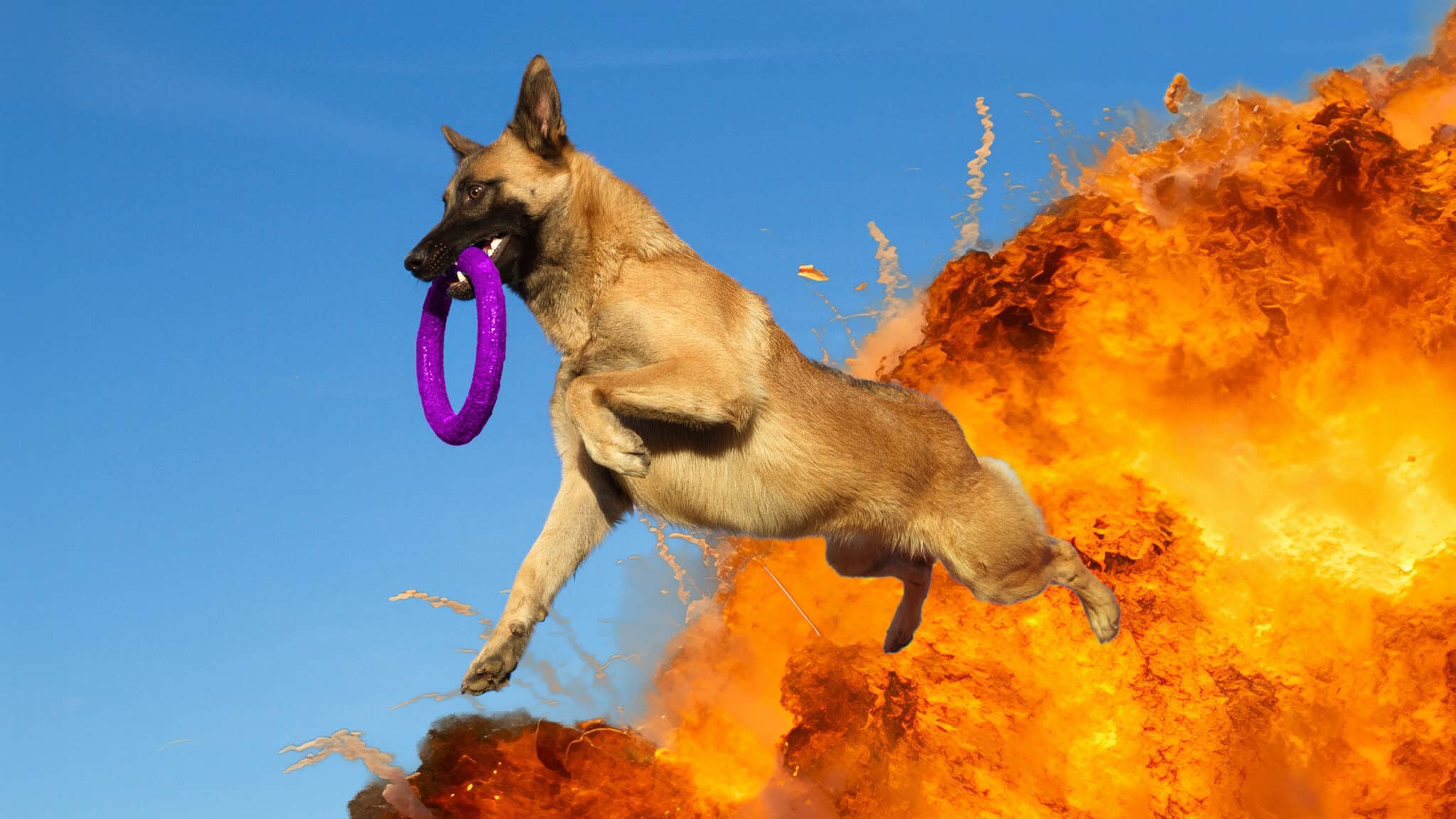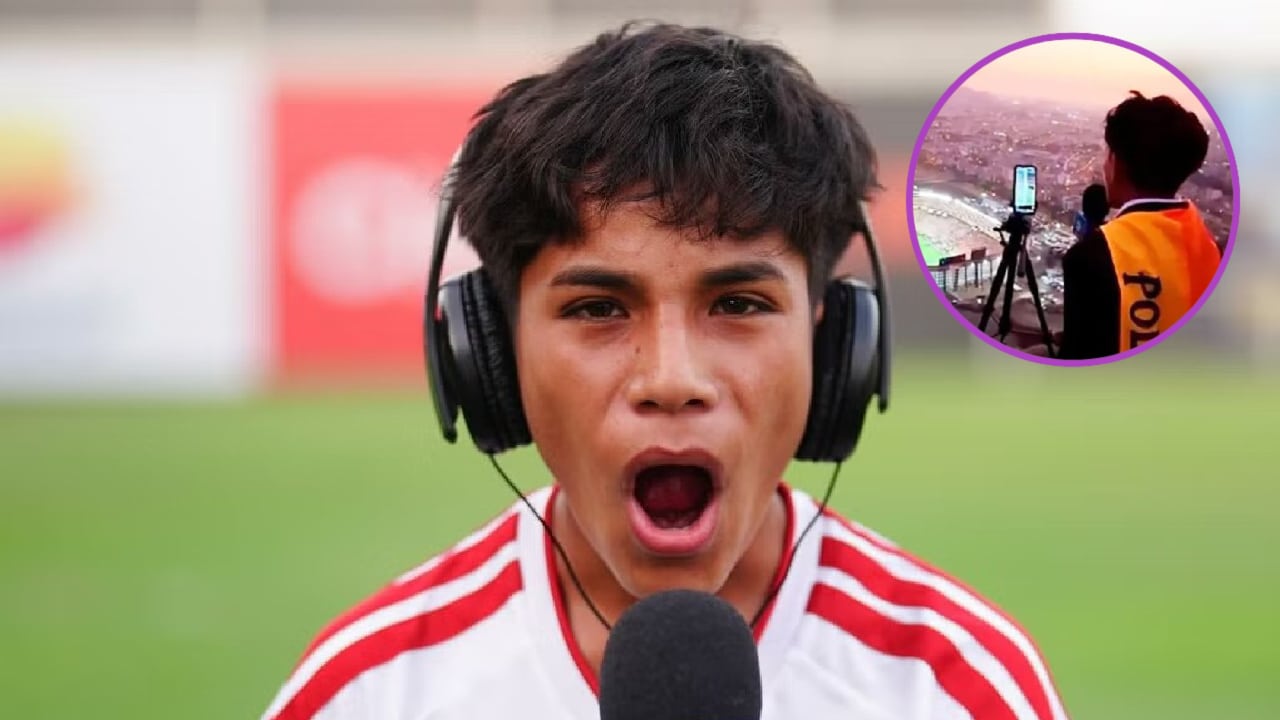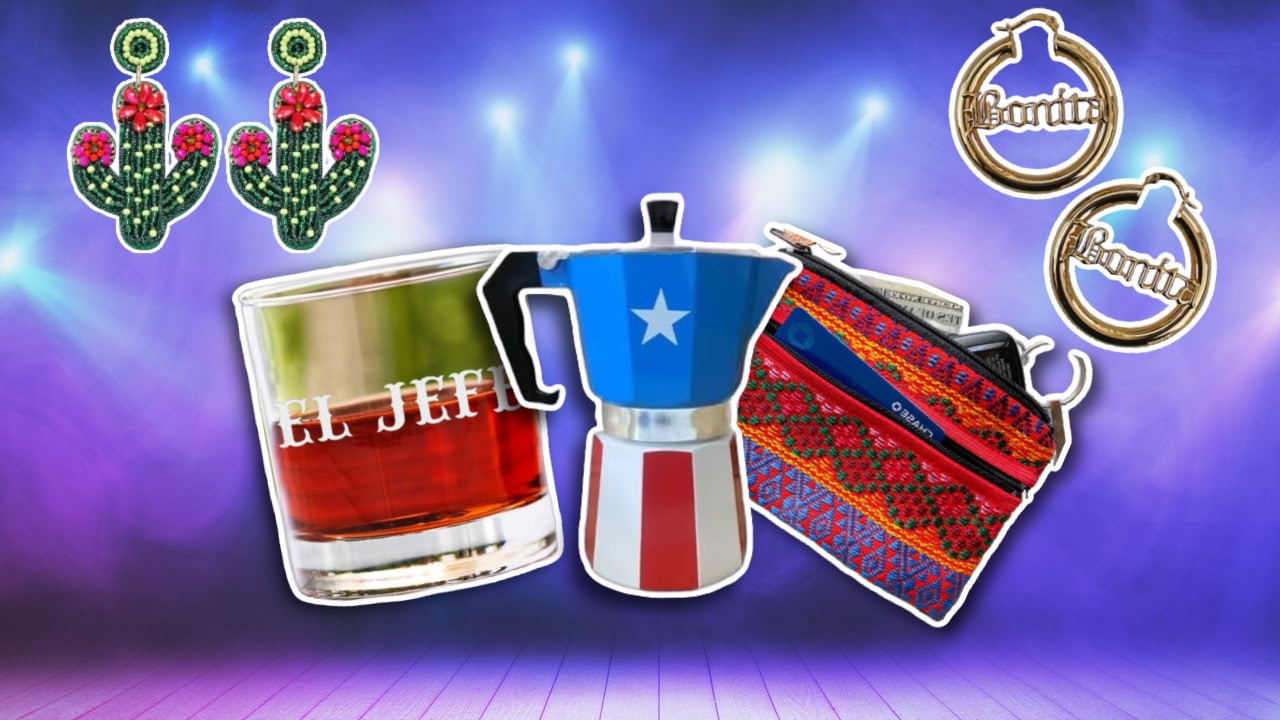Bad Bunny Welcomed Don Heriberto to His Residency — and the Internet Is Divided Over His Legacy
Bad Bunny loves Puerto Rico. There is no doubt about that. He cares so deeply for the island and its people that he wrote “DeBÍ TIRaR MáS FOToS” as a love letter to the island. The album honors the island’s history of resistance against colonization. Bad Bunny’s historic residency in San Juan has brought tourists from around the world to celebrate Puerto Rico and the iconic moments that made it the island it is today.
His latest guest leans into the anti-colonial message as one of the last surviving fighters in the Puerto Rico Nationalist Party Revolution. Don Heriberto Marín Torres attended a recent show, sparking divided reactions on social media. Some love to see it and some love to hate it.
Don Heriberto Marín Torres attended a recent Bad Bunny show
Bad Bunny and Don Heriberto Marín Torres shared a special moment at a recent “No me quiero ir de aquí” residency. The two Puerto Ricans shared a warm embrace on video, and the moment is making some Puerto Ricans tear up.
Torres is one of the last surviving participants in the failed Puerto Rico Nationalist Party Revolution in 1950. Torres showing up at a Bad Bunny residency show, all about Puerto Rico’s rich history and appreciation of the fight against colonialism, makes sense. The artist has been unapologetic in standing up for Puerto Rico’s rights. He has become a voice in politics by endorsing candidates and causes that are right for the island. He also celebrates Puerto Rico’s strong history of standing up to colonialism and suppression.
People have mixed reactions to Don Heriberto Marín Torres. Some have denounced Bad Bunny for greeting him, while others feel overjoyed to see them together. Many express disappointment, calling out Bad Bunny for acknowledging someone they view as a terrorist or a Communist.
Torres participated in one of the most notable uprisings during the revolution
For decades, people have talked about the Puerto Rico National Party Revolution. The moment of coordinated resistance has echoed through Puerto Rico’s story. Spain controlled Puerto Rico before the United States made it an “unincorporated territory.” Instead of independence, the U.S. took control of the island.
On October 30, 1950, uprisings against the U.S. government took place in eight municipalities across the island, including Peñuelas, Mayagüez, Naranjito, Arecibo, and Ponce. The most notable took place in Utuado, Jayuya, and San Juan.
Torres was part of the Jayuya uprising that proved to be a consequential moment in the 1950s Puerto Rico Nationalist Party Revolution. That morning started with a group of Puerto Ricans led by Blanca Canales taking up arms and taking over the police station. The attack killed one police officer and wounded several others. The group then burned down the American post office.
In defiance of the Ley de la Mordaza, Canales went into the town square, raised the Puerto Rican flag, and declared Puerto Rico a free Republic. Lawmakers passed the law in 1948 to suppress dissent on the island and prevent organizing for independence. The law made it illegal for people to own or display a Puerto Rican flag, sing patriotic songs, discuss in writing or verbally independence, or gather people together in favor of independence.
The U.S. military response included bombing and using machine gun fire on the town from aircrafts. The counterattack destroyed Jayuya, but officials suppressed the information at the time.
The Puerto Rico Nationalist Party Revolution lasted for four years and included the attempted assassination of President Harry Truman in 1954.




